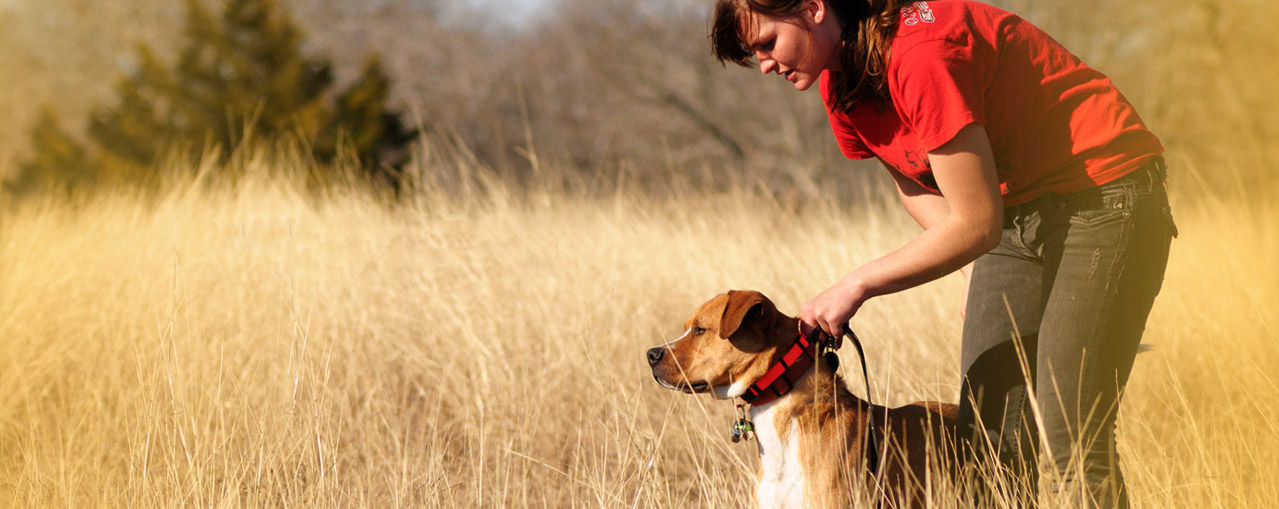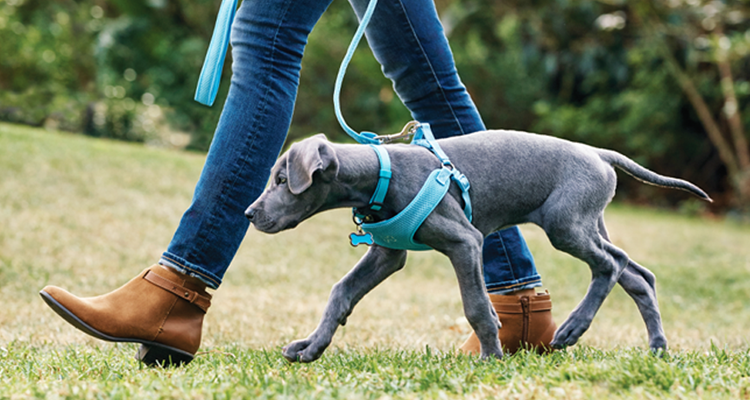Essential Tips for Successful Dog Training: A Guide for Beginners
Essential Tips for Successful Dog Training: A Guide for Beginners
Blog Article
Leading Canine Educating Methods Every Proprietor Must Know

Favorable Support Methods
Making use of positive reinforcement methods is vital for effective pet dog training, as it promotes a relying on bond in between the fitness instructor and the pet dog. This technique concentrates on fulfilling desirable behaviors instead than punishing unfavorable ones, producing an environment for learning. Benefits can include treats, appreciation, or play, which motivate pet dogs to repeat the actions that make them these rewards.

In addition, this technique improves the pet's excitement for training sessions. They are a lot more involved and receptive when pet dogs link training with favorable experiences. Dog training. Beyond immediate habits modification, favorable support motivates a collaborative connection in between the canine and trainer, minimizing anxiousness and concern
To optimize performance, it is important to deliver benefits immediately, making certain the canine links the behavior with the support. Essentially, positive support techniques not just produce better-trained pets yet additionally promote a harmonious partnership in between pet dog and owner.
Clicker Training Technique
The clicker training technique is a highly reliable technique that builds on the principles of favorable support by adding a distinct sound to mark desired habits. This technique uses a little handheld gadget that produces a clicking noise, allowing trainers to communicate with their pet dogs in a clear and immediate fashion. When a dog performs a habits that the proprietor wants to encourage, the clicker is triggered, followed by a benefit, commonly in the type of deals with or appreciation.
The secret to successful clicker training hinges on uniformity and timing. It is critical to click at the exact minute the desired behavior happens, ensuring that the pet dog links the audio with the action and the succeeding benefit. This technique not just improves communication yet also promotes a more powerful bond between the pet dog and the proprietor, as it motivates involvement and communication during training sessions.
Remote control training can be put on a variety of behaviors and commands, from fundamental obedience to more complex techniques. Its convenience and efficiency make it a preferred technique amongst specialist trainers and pet dog proprietors alike, paving the way for a trained and receptive canine friend.
Chain Training Basics
Effective chain training is vital for making sure a secure and enjoyable strolling experience for both canines and their proprietors. A flat collar might work for some pet dogs, while others may benefit from a harness that decreases drawing.
Present your pet dog to the chain slowly, permitting them to explore it in a comfortable setting. This involves gratifying your dog for walking next to you instead than pulling in advance.
If your pet starts to draw, stop strolling immediately. In addition, technique various strolling atmospheres to assist your pet adapt to interruptions.
Normal practice will certainly strengthen your dog's understanding of chain decorum. Bear in mind that leash training is a continuous procedure; perseverance and consistency will yield the finest outcomes, fostering a positive additional hints experience for both you and your canine friend.
Socialization Strategies
Socialization is an important facet of pet training that should preferably begin throughout puppyhood but can be advantageous at any kind of age. Reliable socializing helps dogs create self-confidence and lowers the likelihood of behavior issues. To carry out effective socialization approaches, expose your pet dog to a selection of atmospheres, people, and other pets.
Begin with regulated setups, such as young puppy classes or organized playgroups, where young pets can communicate securely. Progressively introduce your pet to new experiences, including different sounds, surface areas, and activities. Guarantee these experiences are satisfying and favorable to develop a sense of safety.
For grown-up canines or those doing not have direct exposure, begin with low-stress situations. Short, positive communications with pleasant human beings and calm dogs can produce favorable associations. Make use of deals with and praise to reinforce desirable habits throughout these experiences.

Consistency and Patience
Acknowledging the significance of uniformity and patience in pet training is necessary for attaining long lasting results. Irregular training can lead official source to complication, making it challenging for the pet dog to grasp commands or behaviors, ultimately hindering progression.
Pets, like human beings, find out at their very own pace. This promotes a trusting relationship between the canine and owner, encouraging a much more ready and passionate learner.
To cultivate uniformity and patience, establish a normal training regular, utilize the same commands, and make sure that all household participants apply the very same training concepts - Dog training. By doing so, you produce a stable setting for discovering, allowing your canine to establish and thrive right into a mannerly buddy
Conclusion
To conclude, effective dog training strategies, such as favorable reinforcement, remote control training, and correct chain training, are important for fostering a healthy and balanced owner-dog partnership. Furthermore, applying socializing approaches and keeping consistency and perseverance throughout the training procedure adds substantially to a canine's overall health. By integrating these approaches, canine owners can promote the advancement of well-adjusted, obedient family pets, ultimately boosting the lifestyle for both the owner and the pet.
Among a knockout post the most noticeable techniques are favorable support, clicker training, and chain training, each offering unique advantages that add to a well-behaved canine. As we check out these fundamental approaches, it ends up being noticeable that mastering their nuances can significantly affect the training experience and the pet's general actions.Utilizing favorable reinforcement methods is vital for reliable dog training, as it promotes a relying on bond in between the fitness instructor and the pet dog.In conclusion, reliable dog training methods, such as positive support, clicker training, and correct leash training, are essential for promoting a healthy and balanced owner-dog relationship. By integrating these approaches, pet dog proprietors can promote the growth of well-adjusted, obedient pets, eventually improving the top quality of life for both the dog and the owner.
Report this page